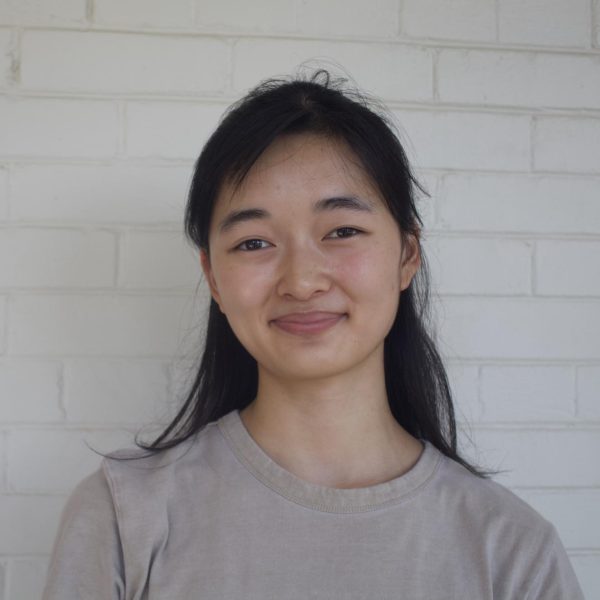Shaun, the amiable and witty protagonist in the television series Shaun the Sheep, is the epitome of the “nostalgic childhood show”: produced by Aardman Animations Limited, the show features sentient farm animals navigating the comically preposterous situations that come from their civil rivalries, distaste with the mundane life at the farm, and unexpected obstacles.
When Shaun first appeared in “A Close Shave” with Wallace and Gromit in 1995, the public and everyone at Aardman immediately fell in love with the goofy clay sheep. However, it was not until 2007 that the show Shaun the Sheep was aired on CBBC, the children’s BBC channel. The series was a hit, surpassing Wallace and Gromit, Aardman’s most popular animated TV show at the time, globally. This international success was a result of removing a rhetorical device that crucially shaped Wallace and Gromit’s brand–language. While Wallace’s British accent attracted a mostly English audience, the use of action over words, exaggerated gestures over emotional dialogues, and animal characters over primarily human ones in Shaun the Sheep allowed for a wider range of people to enjoy the show (The Telegraph). While translated captions are now available in multiple languages on almost every major streaming platform, Shaun the Sheep’s simplicity has allowed for its pervasive influence to cross boundaries in ways that many other shows are unable to. Its international nature is a result of the goal of inclusivity with which was kept in mind during the making of the show.
With the release of the Shaun the Sheep Movie in 2015, the series branched out to a wider age group. Through releasing a movie that introduced new settings, plots, and characters, Shaun the Sheep could not only maintain its high viewership but also attract older audiences (The Telegraph). While the majority of themes in the television series were located around humorous internal conflicts between the animals and were catered toward younger viewers, the movie brought Shaun into the city–the center of human activity. Through physically moving the sheep into an area with more people, rather than limiting the extent of their situations to a rural farm, Aardman catered towards a more mature audience that could relate to the more realistic, although still absurd, problems the sheep encounter. The inclusion of real world issues, such as a loved one losing their memory or the harsh conditions of animal control shelters, sets forth a refreshing twist on the simple and humorous plotlines that typically defined a Shaun the Sheep episode.
Although Shaun the Sheep branched out to different audiences with the movie, the show proves itself to be a timeless and unchanging classic in the entertainment industry. While most children’s shows, especially those in America, rely on simplistic language and repetitive themes to get viewership, Shaun the Sheep employs another tactic–its sheer ludicrosity. Shaun’s silly facial expressions, the collective stupidity of the farm animals, and the completely unserious tone of the show makes it an unforgettable masterpiece. This dedication to entertainment over viewership, to humor over sappy morals, and to creating lovable, rather than marketable, characters is precisely what has made and continues to make Shaun the Sheep an irreplaceable piece of nostalgic media for children and adults alike.
Works Cited
Gritten, David. “How Shaun the Sheep Became a Global Phenomenon: Behind the Scenes at Aardman.” The Telegraph, Telegraph Media Group, 24 Jan. 2015, www.telegraph.co.uk/culture/film/11365274/shaun-the-sheep-movie-aardman-behind-the-scenes.html.



Caden Garza • Jan 7, 2025 at 9:09 pm
shaun the sheep is the goat